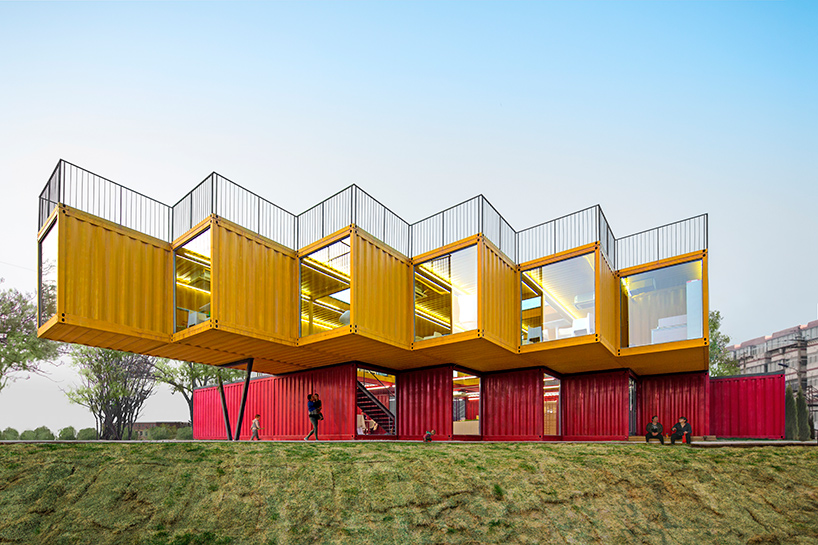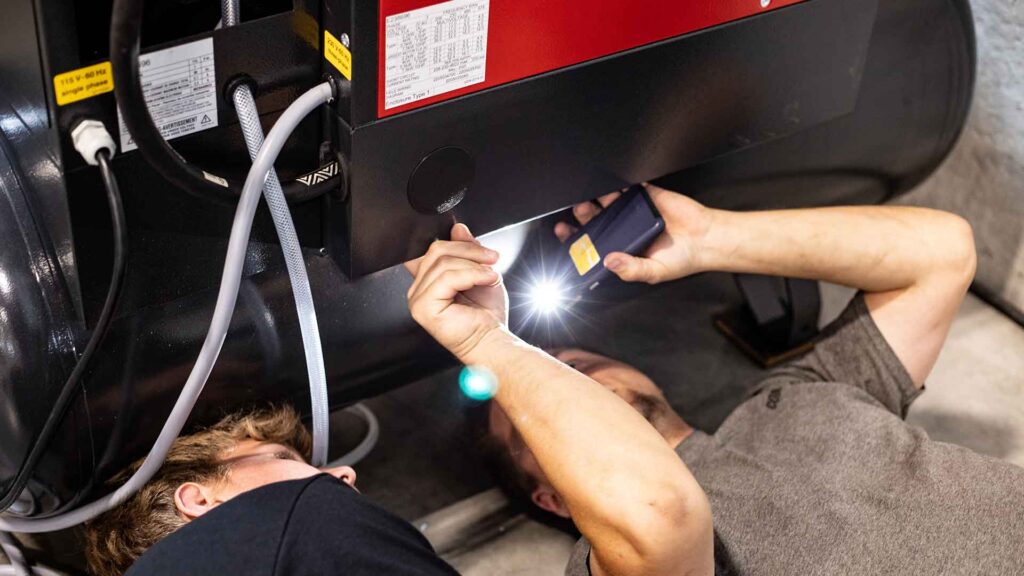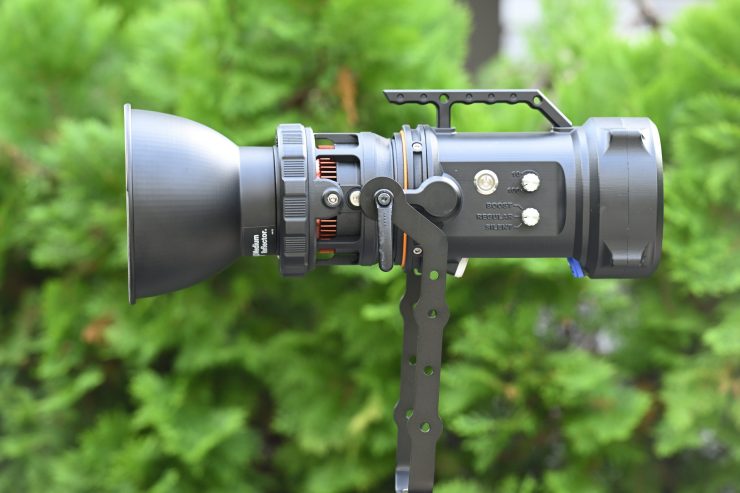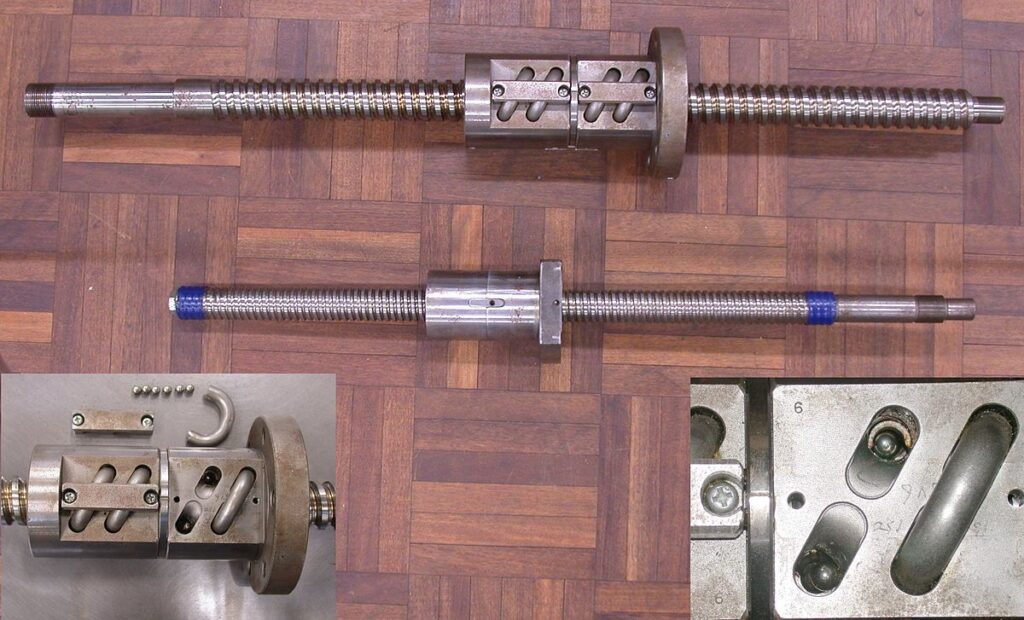A shipping container cleanroom requires a careful planning and manufacturing system from conception to completion in order to create. A controlled environment appropriate for delicate procedures. Let’s examine the stages and intricacies involved in implementing this creative concept.
Planning and Conceptualization
The first step in the process is conception, when it is determined if a delivery container needs a cleanroom. The idea originated from the necessity for a portable, self-contained cleanroom solution, whether it’s for clinical trials, electronics manufacturing, or pharmaceutical manufacture. Important factors, such as the necessary level of cleanliness, size, format, and regulatory compliance, are chosen at this phase.
Thereafter, careful planning is conducted, taking into account elements like web page location, accessibility, utilities, and infrastructure integration.
Design and Engineering:
After the concept is firmly established, the design and engineering stage starts. Skilled professionals work together to convert the abstract idea into technical drawings and requirements. Structural engineers ensure that the shipping container is sturdy enough to endure transportation-related tribulations and serve as a reliable cleanroom foundation.
Engineers that specialize in HVAC (heating, ventilation, and air conditioning) design buildings with specific temperature, humidity, and air quality management in mind for use in cleanroom environments. To meet operational requirements, electrical engineers design lighting, power distribution, and system manipulation.


Production and Alteration:
After obtaining the layout designs, the transport box’s manufacture and modification may start. Expert artisans cut, fuse, and support the container to fit cleanroom components such as doors, floors, ceilings, and walls. Materials for insulation are introduced to control temperature and reduce sound transmission.
To meet cleanliness standards and make cleaning and decontamination easier, specialized coatings and finishes are used. In the meantime, the electric and HVAC systems are installed, ensuring a smooth transition to the field structure.
Setting up and Examining:
After fabrication is finished, the altered delivery box is delivered to the designated location so that it may be put up. Leveling the floor, fastening the box foundation, and connecting the utilities—water, drainage, and strength—are the site guide activities.
Expert specialists meticulously assemble the components of the cleanroom, ensuring proper alignment and functionality. Thorough testing and validation procedures are carried out after installation to verify the cleanroom structures’ functionality. Particle counts, strain differentials, temperature, humidity, and airflow patterns are all closely monitored and adjusted to meet precise requirements.
Regulatory Adherence and Accreditation:
Adherence to regulations is crucial during the whole process of designing and producing products. Adherence to cleanroom regulations and ISO 14644, USP <797>, or GMP (Good Manufacturing Practice) guidelines guarantees that the cleanroom satisfies industry-specific safety and cleanliness standards.
Following completion of construction and a successful trial run, regulatory bodies may carry out inspections and issue problem certificates confirming adherence to relevant standards. Stakeholders are reassured by these certificates that the transport field cleanroom satisfies the necessary quality and safety standards and is fit for purpose.
Maintenance and Operation:
Now that the shipping box cleanroom is up and running, continuous security and sports monitoring are crucial to ensuring continued compliance and performance. To maintain cleanliness standards and avoid contamination, cleanroom structures undergo routine inspections, cleanings, and calibrations. Staff education programs are used to instruct employees on safety precautions, emergency response techniques, and cleanroom procedures.
It is also possible to carry out regular audits and reviews to pinpoint areas that require improvement and optimization, guaranteeing that the delivery container cleanroom continues to be a trustworthy and effective resource for its customers.
Conclusion:
A shipping field cleanroom’s design and manufacturing system is a challenging but worthwhile project that requires careful planning, expert workmanship, and minute attention to detail.
Every step of the process, from design to regulatory compliance, is crucial to transforming a basic delivery area into a cutting-edge cleanroom environment that supports critical activities across a wide range of sectors.













